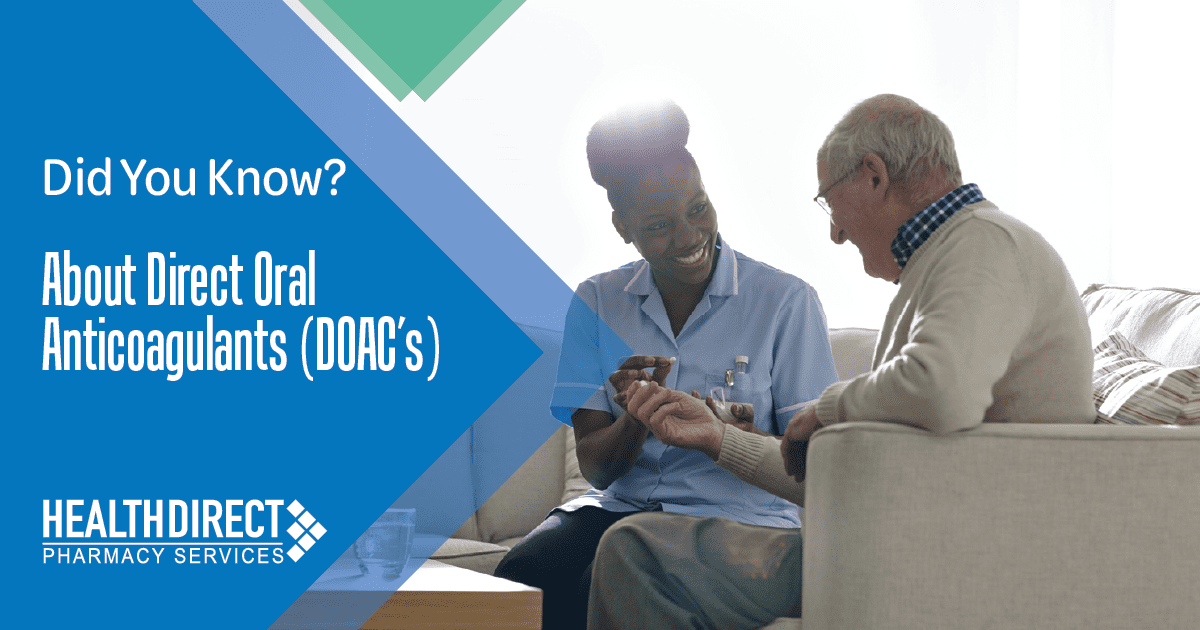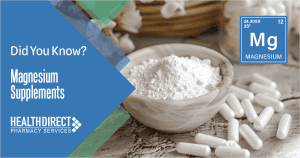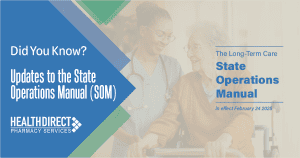What are DOAC’s and what are they used for?
- Anticoagulants are commonly used to treat atrial fibrillation and a variety of thrombotic conditions. Direct oral anticoagulants (DOAC’s) represent a major advancement in oral anticoagulation. Prior to their introduction, Warfarin (Coumadin) was the anticoagulant of choice. Warfarin has many disadvantages. It is considered a narrow therapeutic index medication, meaning, just a small difference in dose or blood concentration can lead to serious adverse drug reactions and/or therapeutic failures that can be life-threatening. It requires frequent lab monitoring and has several drug interactions, making it very difficult to stay within the desired therapeutic range.
- There are currently 4 DOAC’s available. Dosing and indications are listed in the table below.
- In atrial fibrillation: Meta-analysis of RCT’s have demonstrated that among adults ≥75 years of age, DOAC’s have a lower frequency of stroke/systemic embolism and a noninferior risk of major bleeding versus warfarin.1
- In VTE: results from VTE RCT’s have shown that when compared to warfarin, DOACs provide at least equal efficacy, possibly improved, as well as decreased rates of major bleeding in those ≥75 years of age.2
| Indication | Apixaban (Eliquis) | Dabigatran (Pradaxa) | Edoxaban (Savaysa) | Rivaroxaban (Xarelto) |
|---|---|---|---|---|
| Nonvalvular Atrial Fibrillation (AF) | 5 mg bid | 150 mg bid | 60 mg once daily | 20 mg once daily with largest meal (food increases bioavailability) |
| VTE Treatment | 10 mg bid for 7 days, then 5 mg bid; may reduce to 2.5 mg bid for extended treatment ≥6 months | Parenteral anticoagulation for 5-10 days; followed by 150 mg bid | Parental anticoagulation for 5-10 days; then 60 mg once daily | 15 mg bid for 21 days, then 20 mg daily with largest meal; may reduce to 10 mg daily for extended treatment ≥6 months |
| VTE Prophylaxis | 2.5 mg bidorthopedics only | 110 mg for the 1st day, then 220 mg once daily-orthopedics only | Not FDA approved | 10 mg once daily, with or without food |
| Prevention of MACE in CHD/PAD | Not FDA approved | Not FDA approved | Not FDA approved | 2.5 mg bid |
| Dose Adjustments* | AF: if ≥2 of the following, reduce to 2.5 mg bid: age≥80, TBW≤60 kg, SCr≥1.5 mg/dL | AF: CrCl 15-30 ml/min: reduce to 75 mg BID VTE treatment/prophylaxis: avoid if CrCl <30 ml/min | AF: not recommended if CrCl > 95 ml/min AF and VTE treatment: CrCl: 15-50 ml/min: reduce to 30 mg daily CrCl <15 ml/min: avoid use | AF: CrCl 15-50 ml/min: reduce to 15 mg once daily with largest meal Avoid if CrCl <15 ml/min. VTE treatment/prophylaxis: Avoid if CrCl <30 ml/min PAD/CHD-stable: Avoid use if CrCl <15 ml/min |
| Caveats | Antidote: Andexanet alfa | Antidote: idarucizumab Must be stored in original container. Beers list medication: Increased risk of GI bleeding compared with warfarin and reported rates with other DOACs when used for long-term treatment of VTE or atrial fibrillation in adults ≥75 years.3 | Antidote: Andexanet alfa | Antidote: Andexanet alfa Beers list medication: Increased risk of GI bleeding compared with arfarin and reported rates with other DOACs when used for long-term treatment of VTE or atrial fibrillation in adults ≥75 years. |
NOTE: In clinical trials, the Cockcroft-Gault equation utilizing ACTUAL body weight was used to estimate CrCl in all phase 3 clinical trials of DOACs.
References:
- Kim J. Cardiol2018;72:105.
- Van ES N, et al. Blood. 2014;124(12):1968-78.
- 2019 American Geriatrics Society Beers Criteria Update Expert Panel. American Geriatrics Society 2019 updated AGS Beers Criteria for potentially inappropriate medication use in older adults. J Am Geriatr Soc. 2019;67(4):674-694. doi: 10.1111/jgs.15767
- Clinical Pharmacology/monographs.




